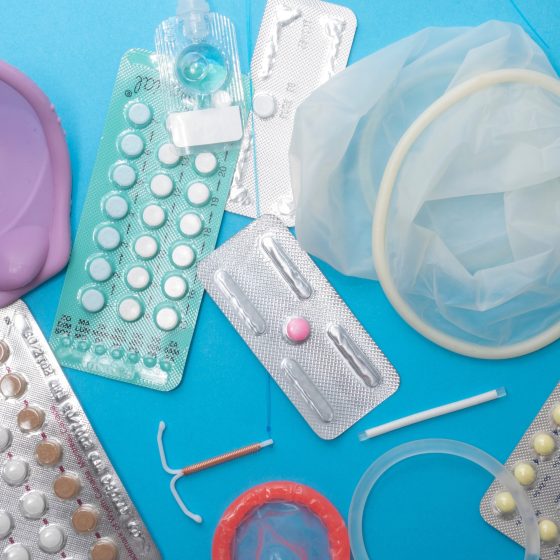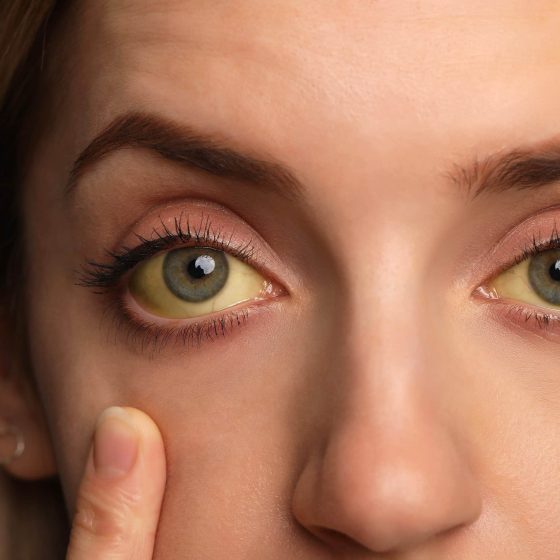Workplace health
Key facts Having a safe and healthy workplace is important for your wellbeing. How you sit, stand or move at work — and what type of work you do — can influence your health. Your workplace can impact your mental health, for example by causing stress. This can lead to mental health conditions such as depression or anxiety. Your employer has a legal responsibility to keep your workplace safe by providing training and safety equipment. What is ‘workplace health’? Australians spend, on average, about one-third of their time working. Having a safe and healthy workspace is an important part of






















